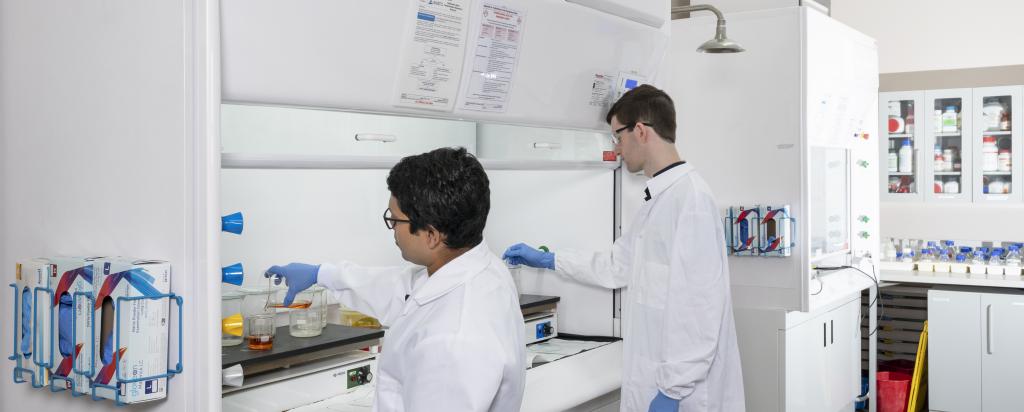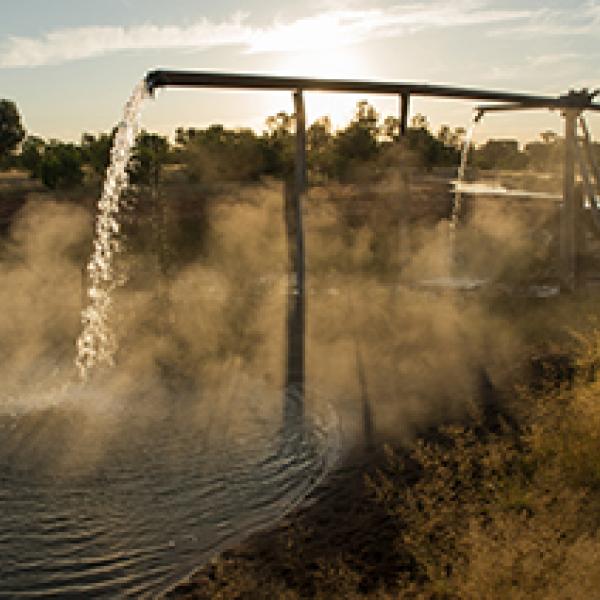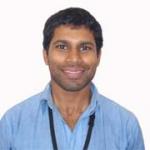

Radioanalytical chemistry
ANSTO’s Radioanalytical Chemistry facility combines techniques in radiochemistry and radiological measurement by alpha spectrometry, gamma ray spectrometry, and liquid scintillation analysis to deliver on radiological assessment needs.
The team quantifies anthropogenic and natural radionuclides in samples from pristine, human-impacted environments, contaminated environments, through to nuclear facility decommissioning materials.
The team focuses on the measurement of difficult-to-measure radionuclides as well as method development for the analysis of radionuclides outside of their routine measurement scope. These capabilities are utilised to support research, industry, and decommissioning projects.
RAC is the regional coordinating laboratory for the IAEA ALMERA network and participates in several annual proficiency test exercises to ensure the facility continues to meet international benchmarks.

Analytical Capabilities
The facility measures a range of radioisotopes from low-to-medium activity levels, using the following techniques.
Alpha Spectrometry: a large suite of Passivated Implanted Planar Silicon (PIPS) detectors are utilised for the quantification of alpha-particle emitting radioisotopes such as uranium (e.g. U-238, U-235, U-236, U-234, U-233), americium (e.g. Am-241), plutonium (e.g. Pu-239+240, Pu-238, Pu-236), thorium (e.g. Th-232, Th-230), as well as other alpha-emitting radionuclides on request.
Gamma-ray spectrometry: a large suite of High Purity Germanium (HPGe) crystal gamma-ray spectrometers are used to quantify a wide spectrum of natural and anthropogenic gamma-emitting radionuclides.
Gross alpha and beta counting: a scintillation drawer is used for the quantification of total alpha and beta activity.
Liquid Scintillation Analysis: a liquid scintillation counter is used for the quantification of strontium (Sr-90), tritium (H-3), phosphorus (P-32), plus other beta-emitting radionuclides on request.
Fieldwork: The team has expertise in sample collection techniques.

Applications
The team has experience in the analysis of radioisotope activity in potable waters, surface waters, groundwaters, bore water, seawater, surface soils, core-hole soils, sediment, vegetation, animals, insects, and concretes.
